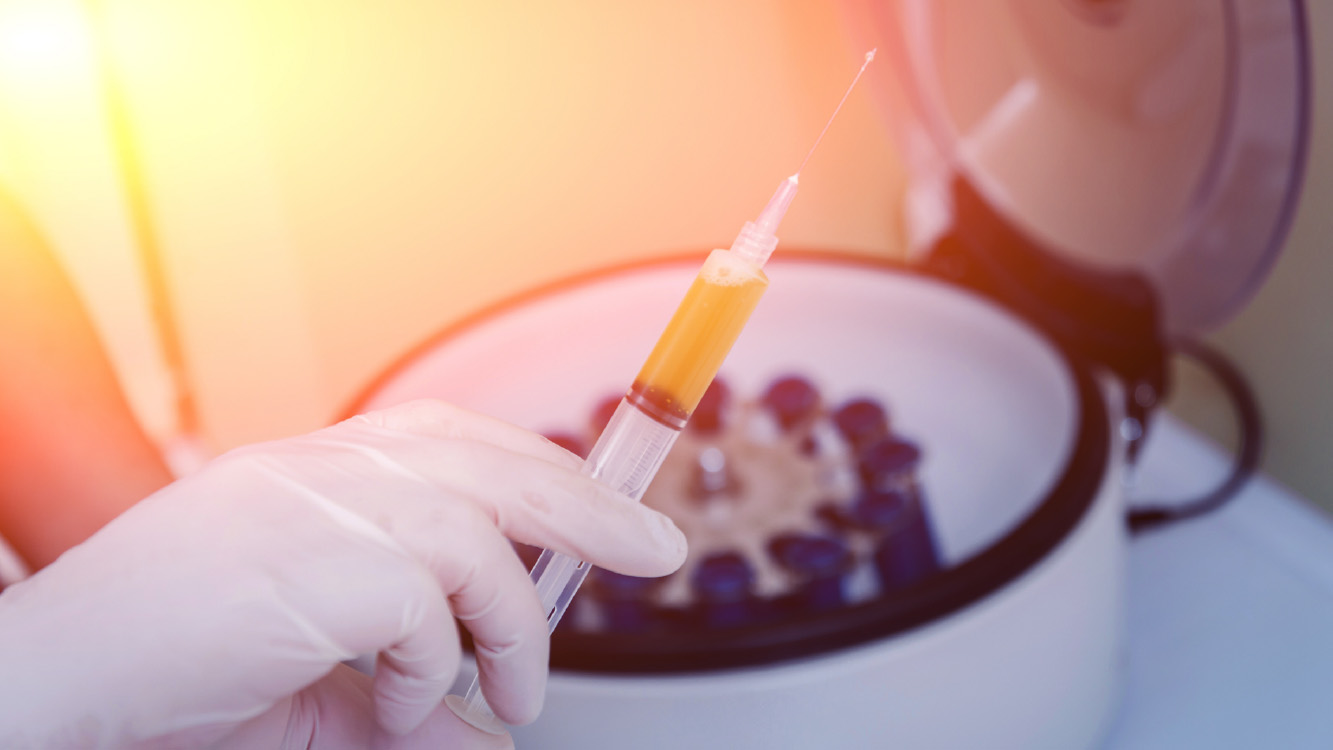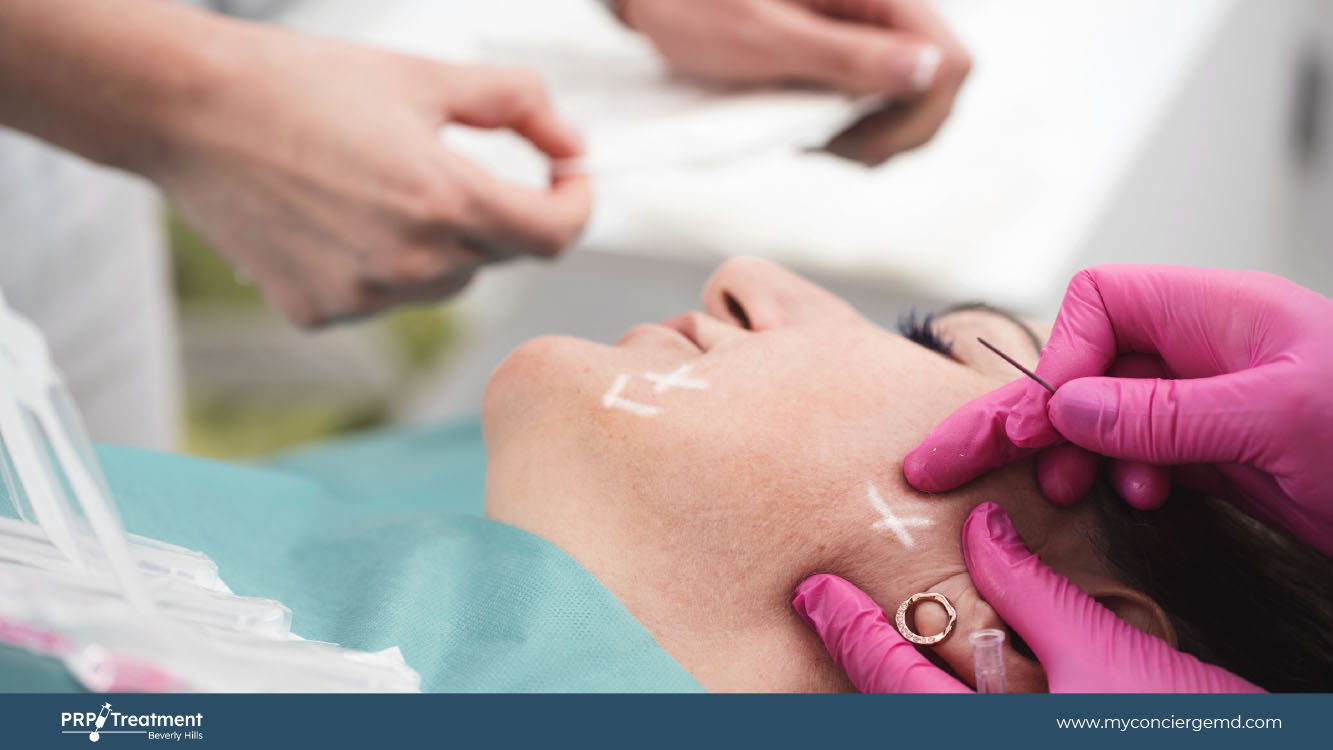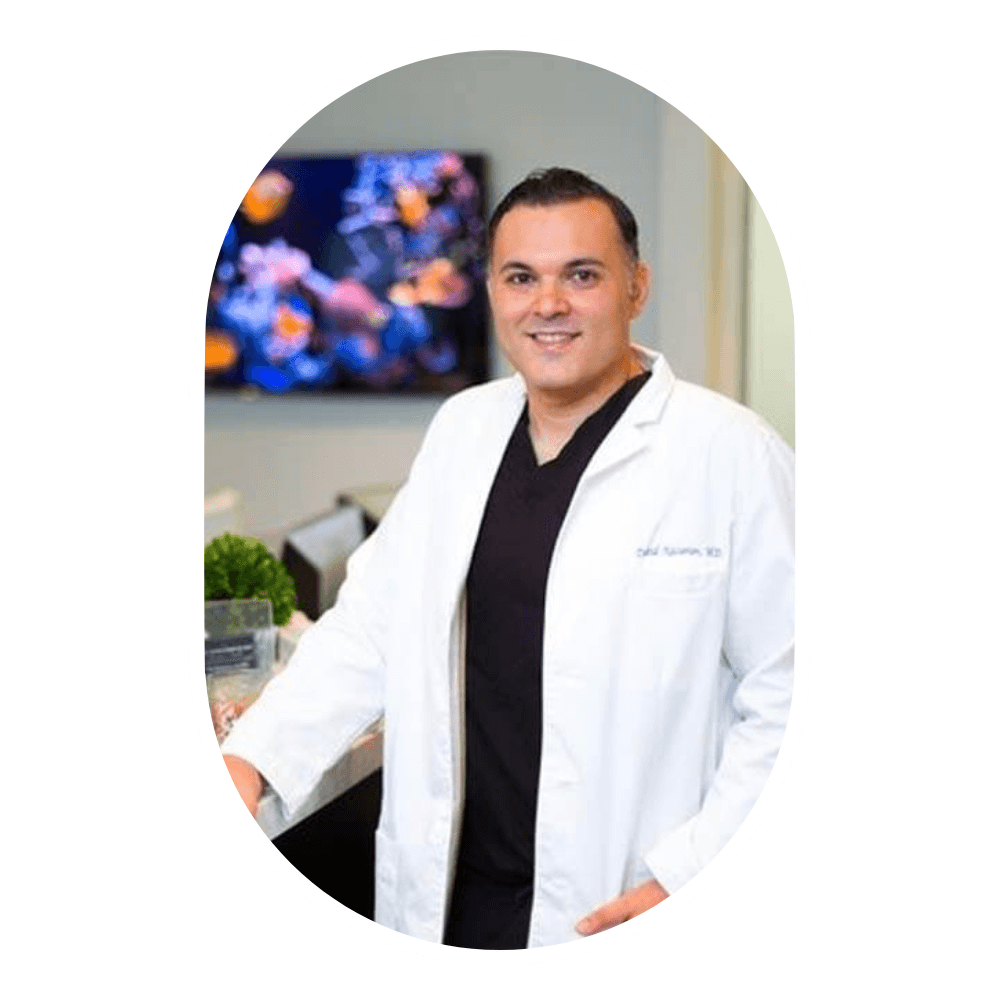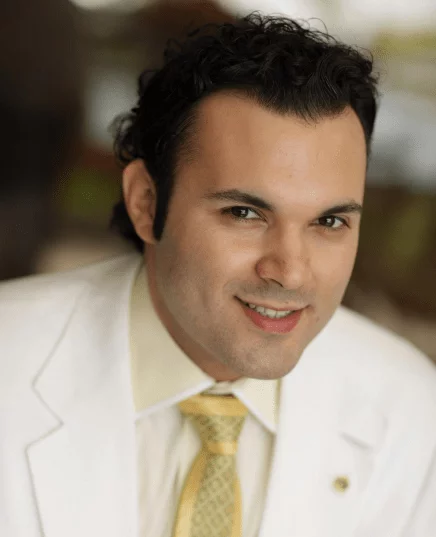Have you ever imagined utilizing your natural healing mechanism to boost your healing power a thousand times? Yes, it’s possible; and that pretty easily.
Platelet-rich Fibrin (PRF) and Platelet-rich Plasma (PRP) are the talks of towns that have proven their effectiveness in healing expertise, skin rejuvenation, and hair growth development.
PRF and PRP use platelet concentration from your blood to prepare your healing serum. However, they are pretty similar; there are some fundamental differences between them – especially in the preparation and platelet count.
Let’s dive deeper to explore the differences between PRF vs. PRP.
What Is PRF?
Platelet-Rich Fibrin, aka PRF, is a natural treatment with remarkable healing properties, cellular regeneration, and collagen production in your skin.
In the procedure, the doctor collects your blood sample, places it inside a centrifuge to process it, and finally re-injects it into your body. This method is highly effective in treating deep hollows, fine lines, and skin texture on the face.
You can take PRF injections anywhere on your face – your acne scars, under eyes, shadows, etc. You don’t have to wait long for your desired result. It takes around 2 to 4 one-hour PRF treatment sessions that last for six months.
Undoubtedly, PRF is one of the remarkable addition to aesthetic medicine.
What Is PRP?
Platelet-Rich Plasma, aka PRP treatment, is a procedure of promoting your healing power.
PRP contains two elements – the liquid part of your blood, plasma, and platelets. The method includes collecting blood samples to isolate platelet-rich plasma by placing it inside a centrifuge. Doctors inject this collected platelet and plasma back into your body, giving your healing mechanism and growth factor extra power.
PRP is a new treatment that helps treat aches, joint pains, tendons, ligament tears, hair growth, etc.
If you are looking for PRP, Los Angeles, PRP Treatment, Beverly Hills is your desired destination. This healthcare center will provide everything you need – the perfect plan, procedure, monitoring, and result.
How To Prepare PRF and PRP?
PRF and PRP are effective procedures that enable you to get the maximum expected effect.
Doctors make PRF and PRP from your blood. They take a sample of your blood and place it inside a centrifuge to separate the components – platelets, plasma, fibrin, red blood cells, and white blood cells.
Doctors usually run the blood sample through the centrifuge according to your desired serum – PRF or PRP.
After that, they draw the exact concentrated portion of the product you need into a syringe and inject it into the affected or damaged area.
What Do PRF and PRP Treat?
PRF and PRP contain all the healing essentials, especially growth factors that help treat several issues. When doctors inject the serum into the affected area, the growth factors repair and replace your damaged tissues.
The aesthetic problems that PRF and PRP treat include-
- Acne
- Scars
- Dark spots
- Lines and wrinkles
- Sunburns
- Lax and sagging skin
- Stretch marks
- Uneven skin tone
- Hair loss.
How PRF and PRP Are Comparable?
Before we explore the differences between PRF vs. PRP, let’s see the similarities the two treatments possess.
Both PRF and PRP treatments include collecting your blood samples to isolate platelet. However, aside from platelet isolation, they have some basic similarities.
- PRF and PRP both need blood from patients.
- Both treatments are autologous – doctors collect your blood sample first, prepare it according to your need, and then reinfuse it into your body. Therefore, the platelet concentrates come from your blood.
- Both PRF and PRP require whole blood samples that doctors place inside centrifuges for platelet cultivation.
- PRF and PRP consist of a particular protein, aka growth factors, that doctors process to utilize for aesthetic medicine.
- Both PRF and PRP help treat various aesthetic issues – acne, dark spots, lines, wrinkles, stretch marks, hair loss, etc.
What Are The Difference Between PRF VS. PRP?
PRF and PRP are both space-age ways of treating several aesthetic conditions. Platelet and fibrin are two vital components of your natural healing process that PRF and PRP contain in higher amounts.

However, some differences between these procedures involve their making, platelet count, release time, etc.
PRF Vs. PRP: Blood Samples
PRF and PRP both need blood from your body to create your serum. However, the quantity of blood samples differs in these two methods.
PRP requires more blood samples from you to prepare your PRP serum. On the other hand, PRF requires a small blood volume, around 20 to 60ml, much less than PRP.
PRF Vs. PRP: Procedure
Doctors place the blood samples into centrifuges to spin at high speed to prepare PRF and PRP. The process isolates the heavier components at the bottom, keeping the lighter platelet and plasma at the top of the container.
However, the centrifuge runs at different speeds in PRF and PRP to prepare the two serums.
PRP requires high speed to separate the heavier white blood cells and stem cells to isolate the lighter components – platelet and plasma.
During the procedure, the doctor only injects the lighter portion that includes the growth factors and proteins, staying separated at the top of the container.
On the contrary, PRF involves a slower speed that doesn’t let the platelet separate from the heavier blood cells fully. As a result, the product still contains some stem cells, white blood cells, and fibrin.
As the lower speed can’t entirely separate different factors of your blood from platelet, PRF injection includes more white blood cells and stem cells along with fibrin and growth factors in the isolated platelet layer.
PRF Vs. PRP: Anticoagulant
A primary difference between PRF and PRP is the application of anticoagulants.
PRP involves some anticoagulants in the test tube- citrate dextrose (ACD) solution A or B and sodium citrate (CIT). They help prevent platelet activation – keeping the blood from quick-clotting. They also maintain the property and functional reserve of the cells.
On the other hand, PRF doesn’t involve the presence of any anticoagulant in the test tubes. As a result, your blood’s natural fibrinogen converts to fibrin by thrombin. The early stage of clot formation makes a spongy fibrin component.
When injected, this porous matrix activates the platelets, slowly releases growth factors, starts the healing process of your damaged tissue.
PRF Vs. PRP: Platelet Proportion
PRF and PRP are platelet-rich serums that help rejuvenate yourself. However, both differ in platelet count.
PRP is an effective method for its higher concentration of platelets – that is two to five times more than the natural platelet in your blood.
However, plenty of platelets is left out from the final solution due to quick spin.
On the other hand, PRF involves a slower speed that allows more platelets to remain in the final product. PRF contains up to ten times more platelet than your normal platelet count.
PRF Vs. PRP: Release Time
As PRP uses anticoagulants, they don’t allow blood samples to clot during the production. Therefore, PRP releases platelets and growth factors quickly and in ample amounts.
On the contrary, PRF doesn’t involve anticoagulants and allows fibrin to form. As a result, the final product of PRF creates a scaffold that releases growth factors and platelets more slowly after you take the injection.
Take Away
Now you know the differences between PRF vs. PRP, enabling you to choose your preferred procedure.
PRF and PRP are these-generation treatments that show an incredible result for revitalizing your face, skin, hair, and other aesthetic conditions.
PRP Treatment, Beverly Hills is a PRP clinic that covers a wide range of conditions like hair loss, facial rejuvenation, acne, tendonitis, stretch marks, etc. The physicians and medical staff are highly trained and expert in administering Platelet-Rich Plasma injections to restore your health and confidence.





